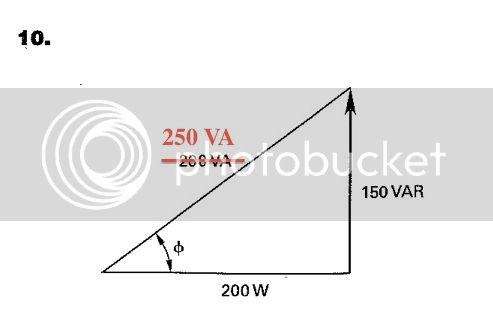The fundamental equation to keep in mind here is your 3-phase power equation, which can take different forms. For apparent power, it is:
S = SQRT(3) * Line Voltage * Line Current
This equation works for any 3-phase system, regardless of whether it's wye or delta connected. If you know the impedance, you can use this form since Current = V/Z:
S = SQRT(3) * V * (V/Z) = SQRT(3) * (V(Squared) / Z)
You can tweak it slightly to instead get Reactive Power:
Q = SQRT(3) * (V(Squared) / X)
In this case, you're trying to find the Capacitive VARs needed to correct an Inductive Reactance of 150 VARs. In other words, your Q in the above equation will equal -150 VARs, and then you rearrange and solve for your required capacitive reactance, X. Then of course you use the formula:
X = 1 / 2*pi*f*C
and solve for your Capacitance, C.
For the record, I ended up with a Capacitive Reactance of -498 Ohms, which gave me a Capacitance of 5.32 microFarads. Since I was using my phone calculator I'm sure there were some rounding errors, so I'm assuming the correct answer was B, correct?




